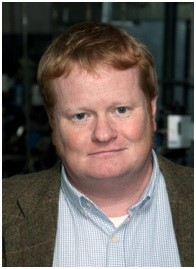Rate of particle size change due to condensation or evaporation
Condensation on the surface of an airborne particle results in an increase of size, whereas evaporation results in a decrease of size. The rate of the particle size change can be calculated based on the vapour pressure and temperature at the particle surface and in the air far away from the particle.
|
(1) Particle size change due to condensation or evaporation (2) Fuchs correction factor (3) Evaporating particle lifetime |
|
The change of the particle size due to condensation or evaporation is calculated using equation (1), where Dv is the diffusion coefficient of the vapour molecule, M is the molecular weight of the liquid, R is the gas constant, Usually,
Equation (3) describes the lifetime of an evaporating particle, before it is completely evaporated. Equations (1) to (3) are valid only for particles with size
|
Execution
|
|
|
These equations are purely deterministic and can easily be solved using a pocket calculator or spreadsheet software.
|
Used in |
|
|
|
|
Read more |
Read also |
|
|
W. Hinds (1999): Aerosol Technology – Properties, Behavior, and Measurement of Airborne Particles, John Wiley & Sons |
Contact

Christof Asbach
Institut für Energie- und Umwelttechnik (IUTA)
Email: asbach@iuta.de


